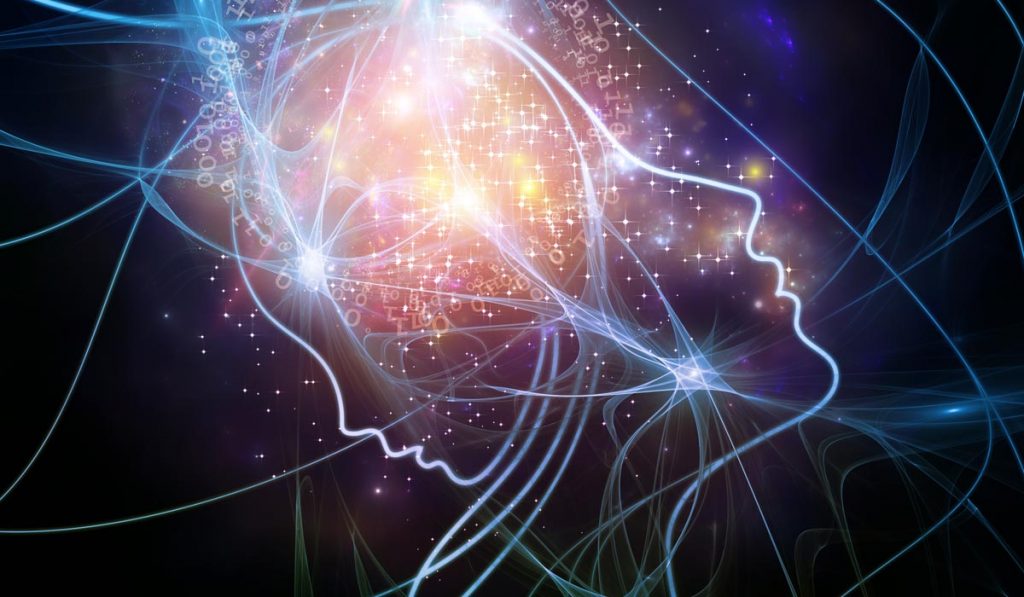One of the adjunctive therapies I use is called EMDR. Googling it will probably give you a further understanding of what’s entailed in this process, but, essentially, it involves bilateral stimulation (bilateral, meaning a sensation which alternates between stimulating the left side and right side of the body, usually done by holding two small pulsars which vibrate gently), combined with a type of psychotherapy. The bilateral stimulation engages both hemispheres of the brain in the therapy process because, often, when someone has experienced a trauma, there’s a sensation of not being able to move past it, of being “stuck.” This occurs when the brain isn’t able to easily incorporate the experience into our understanding and our ongoing narrative of our life. When this type of trauma or upset occurs, it’s as if only one hemisphere of the brain is really involved in that memory and is unable to fully process it. This is why people speak of things like being speechless, paralyzed, feeling like a deer in the headlights, etc.
EMDR stands for Eye Movement Desensitization and Reprocessing. The psychologist who pioneered this modality has said she wished she could go back in time and rename it, but the name has stuck. The original form of the therapy relied on eye movements (back and forth) during the course of therapy. The therapy involves reimagining the experience in the safe environment of the therapist’s office and exploring ways to modify the memory and the internal experience. It was later realized that eye movement did not have to be utilized, and that any bilateral stimulation would work due to the fact that a sensation on one side of the body produces a small neural firing in the opposite hemisphere of the brain. During EMDR, therefore, both hemispheres of the brain become involved in the processing of the trauma and memory, as well as in the modification of the client’s experience and the corrective and positive adaptation of the emotional interpretation of what happened. While the alternating stimulation is going on, there is a flexible format utilized (often including some questioning and guidance by the therapist) as memories and associations are dealt with and reprocessed to facilitate healing.
There has been a lot of neuroscience research in the past few years concerning how memories are modified each time they’re recalled. We often tend to think of memories as being sort of like books that we take down from a shelf, peruse, and then put back, leaving the memory essentially unchanged. What has more recently been discovered is that memories are modified and changed every time they are recalled.
EMDR essentially utilizes this phenomenon to help modify the client’s internal experience and view of themselves in regard to a particular memory and experience. EMDR was invented/discovered before the underlying neuroscience was understood, but it has proved very effective even before subsequent neuropsychological insights provided a better grasp of its mechanisms. It’s one of two modalities approved by the Veterans’ Administration to treat post-traumatic stress disorder (PTSD).
In addition to treating this more extreme trauma of PTSD, it’s also very helpful with less dramatic cases of trauma as well as with the cumulative, though seemingly less dramatic, traumas of childhood which can have a powerful effect on our perceptions and emotions as adults, and which may greatly influence the tone we take toward ourselves, our relationships, and all of our experiences.

